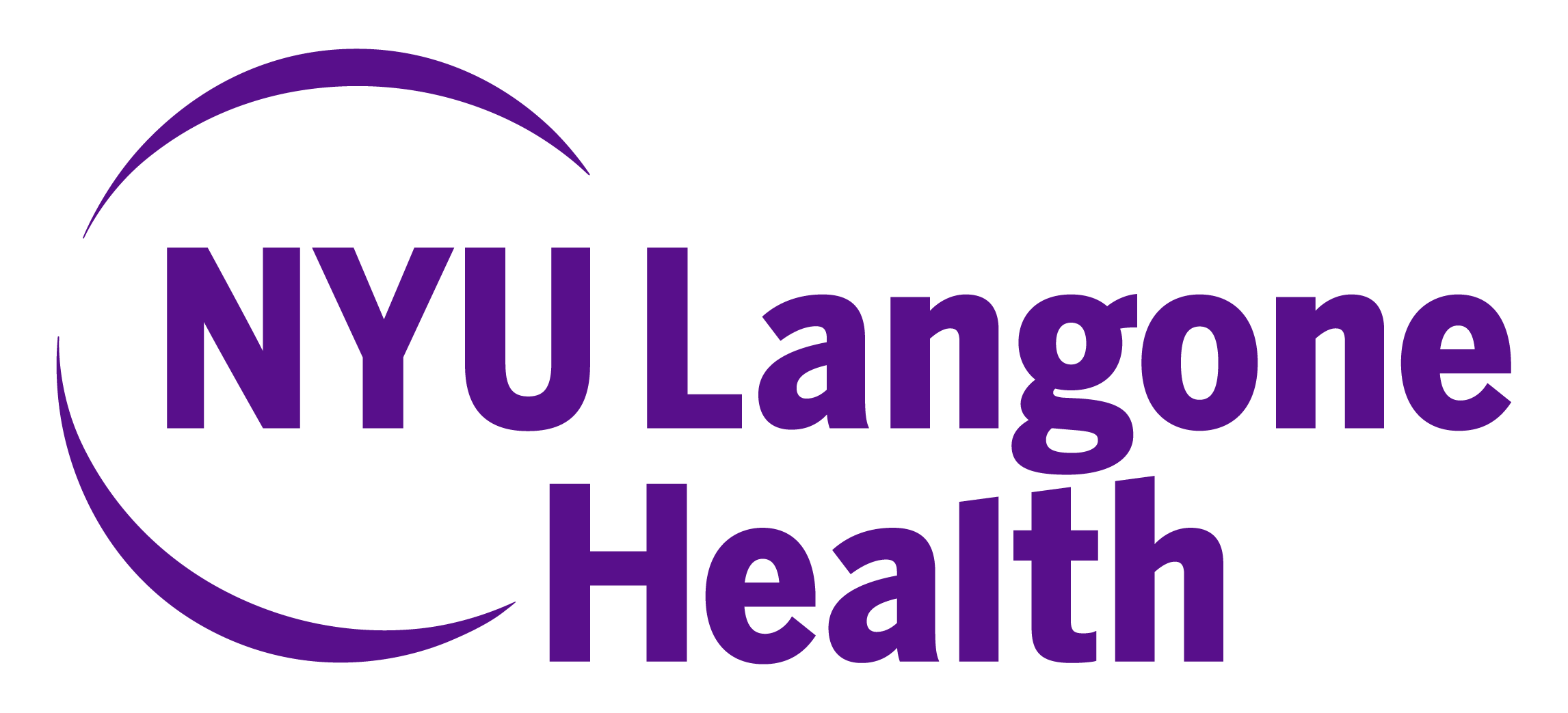- Advertise
- About OncLive
- Editorial Board
- MJH Life Sciences brands
- Contact Us
- Privacy
- Terms & Conditions
- Do Not Sell My Information
2 Clarke Drive
Suite 100
Cranbury, NJ 08512
© 2025 MJH Life Sciences™ and OncLive - Clinical Oncology News, Cancer Expert Insights. All rights reserved.
Dr Pothuri on the Phase 3 NRG-GY018 and RUBY Trials in Endometrial Cancer
Bhavana Pothuri, MD, discusses the phase 3 NRG-GY018 and RUBY trials in patients with endometrial cancer.
Bhavana Pothuri, MD, gynecologic oncologist, professor, Department of Obstetrics and Gynecology, New York University (NYU) School of Medicine, director, gynecologic oncology clincal trials, NYU Langone Health, discusses the phase 3 NRG-GY018 (NCT03914612) and RUBY (NCT03981796) trials in patients with endometrial cancer.
The 2023 Society of Gynecologic Oncology Annual Meeting shined a light on multiple studies in the endometrial cancer care arena, including the potentially practice-changing NRG-GY018 and RUBY trials. The RUBY trial investigated the addition of the checkpoint inhibitor dostarlimab to the standard chemotherapy backbone of paclitaxel and carboplatin in patients with primary advanced or recurrent endometrial cancer, Pothuri begins. This randomized trial showed that patients derived benefit from the addition of the immunotherapy agent to thechemotherapy regimen vs placebo plus chemotherapy, she adds. The hazard ratio (HR) for progression-free survival (PFS) between the dostarlimab and placebo arms was 0.28 (95% CI, 0.16-0.50; P < .001) in the subgroup of patients with mismatch repair–deficient (dMMR) endometrial cancer, Pothuri explains.
NRG-GY018 was also a large, randomized clinical trial that investigated 2 cohorts of patients with advanced endometrial cancer, Pothuri expands. Cohort 1 enrolled patients with dMMR disease, and cohort 2 enrolled patients with mismatch repair–proficient (pMMR) disease. This trial was statistically powered to detect a PFSdifference between treating patients with pembrolizumab (Keytruda) plus chemotherapy vs placebo plus chemotherapy, she explains. In this trial, patients in the dMMR cohort derived a clinically meaningful and statistically significant improvement in PFS with pembrolizumab, she emphasizes. Notably, the HR for progression or death between the pembrolizumab and placebo arms was 0.30 (95% CI, 0.19-0.48; P < .001), Pothuri says.
The PFS benefit with pembrolizumab was consistent across the dMMR and pMMR cohorts. In the pMMR cohort, the PFS HR was 0.54 (95% CI, 0.41-0.71; P < .001), she continues. Pothuri emphasizes that this analysis benefited from the inclusion of 2 separate statistically powered subgroups. Although this trial demonstrated a PFS benefit with pembrolizumab plus chemotherapy in both the dMMR and pMMR cohorts, the follow-up was short, and more mature data are awaited, Pothuri concludes.


